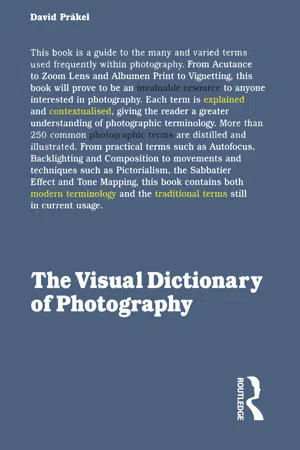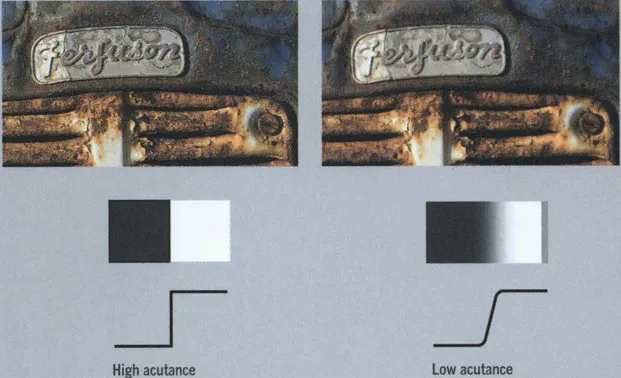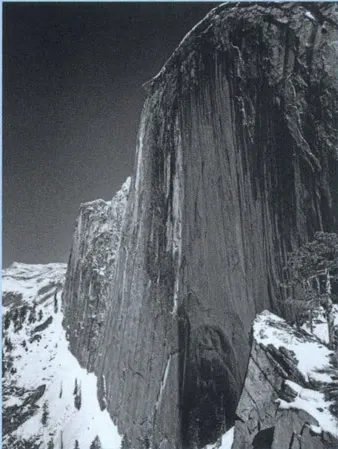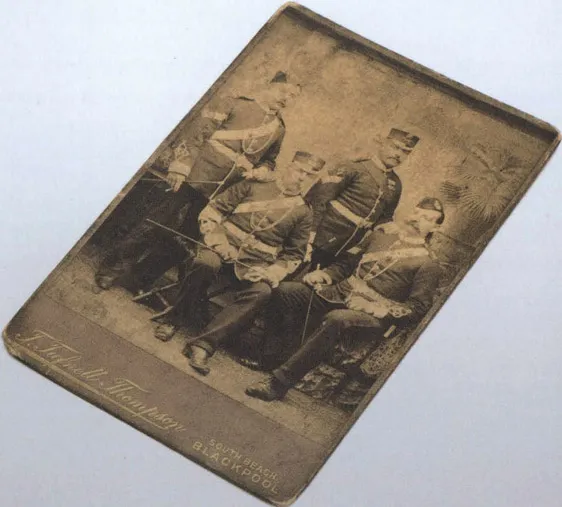
- 288 pages
- English
- ePUB (mobile friendly)
- Available on iOS & Android
eBook - ePub
The Visual Dictionary of Photography
About this book
The Visual Dictionary of Photography provides clear definitions of key terms and concepts, backed up by hundreds of illustrative examples. Covering practical terms, it deals with the terminology of both digital and traditional photography. David Präkel has produced an invaluable resource for anyone interested in photography, lens-based media and related visual arts. This book serves not only to explain terms and words but also acts as a source of inspiration, encouraging exploration through understanding.Over 250 terms are explained and contextualised, with concise definitions accompanied by illustrations and examples taken from historical and contemporary photography.The dictionary covers analogue terms still in current usage as well as modern digital terminology such as Raw format and High dynamic range. It also defines a wide variety of practical terms, including ISO speed, Backlighting and Noise, as well as conceptual terms and photographic styles, ranging from Photojournalism to Distortion.
Frequently asked questions
Yes, you can cancel anytime from the Subscription tab in your account settings on the Perlego website. Your subscription will stay active until the end of your current billing period. Learn how to cancel your subscription.
No, books cannot be downloaded as external files, such as PDFs, for use outside of Perlego. However, you can download books within the Perlego app for offline reading on mobile or tablet. Learn more here.
Perlego offers two plans: Essential and Complete
- Essential is ideal for learners and professionals who enjoy exploring a wide range of subjects. Access the Essential Library with 800,000+ trusted titles and best-sellers across business, personal growth, and the humanities. Includes unlimited reading time and Standard Read Aloud voice.
- Complete: Perfect for advanced learners and researchers needing full, unrestricted access. Unlock 1.4M+ books across hundreds of subjects, including academic and specialized titles. The Complete Plan also includes advanced features like Premium Read Aloud and Research Assistant.
We are an online textbook subscription service, where you can get access to an entire online library for less than the price of a single book per month. With over 1 million books across 1000+ topics, we’ve got you covered! Learn more here.
Look out for the read-aloud symbol on your next book to see if you can listen to it. The read-aloud tool reads text aloud for you, highlighting the text as it is being read. You can pause it, speed it up and slow it down. Learn more here.
Yes! You can use the Perlego app on both iOS or Android devices to read anytime, anywhere — even offline. Perfect for commutes or when you’re on the go.
Please note we cannot support devices running on iOS 13 and Android 7 or earlier. Learn more about using the app.
Please note we cannot support devices running on iOS 13 and Android 7 or earlier. Learn more about using the app.
Yes, you can access The Visual Dictionary of Photography by David Präkel in PDF and/or ePUB format, as well as other popular books in Art & Photography. We have over one million books available in our catalogue for you to explore.
Information
The Dictionary
A
Abstract

Realistic abstractions are real-world objects and locations photographically represented in a novel way. The source of the image (in this case a blue plastic beach sledge, part filled with sand) is often unrecognisable.
A photograph can be described as abstract if it is in some way abstracted - extracted or removed - from reality. (There is a philosophical argument that all photography is a process of abstraction.) Two forms of abstract photography are recognised: non-representational and realistic abstractions (as shown here). Non-representational images include those reliant on only colour or geometry; these may not even involve the use of lenses and could be the result of direct manipulation of the photographic medium (such as a photogram or chemigram).
☛ see Photogram 185
Acutance
Acutance is best described as how well the photographic medium handles edge contrast. High acutance gives crisp, clean edges with high edge contrast so they stand out clearly. Low acutance gives fuzzy edges that are less distinct. Film acutance is changed by development; there are high-acutance developers available. In the digital domain, sharpening increases acutance.

High acutance seems to emphasise detail though the image has no more resolution (real detail) than a low acutance image. The two images here are the same resolution; one with high acutance and one with low acutance.
☛ see Sharpening 219, Unsharp Masking 259
Adams, Ansel
Adams was born in San Francisco, in 1902. His childhood love of nature never left him, although his career was originally marked out as a pianist. Photography gave a much needed structure and discipline to his life and he enjoyed success with his images of the High Sierras. Adams met and was influenced by Paul Strand and Edward Weston, forming the highly influential Group f/64 with Weston in 1932. Adams’s technical mastery was legendary. He systematised a method to use the science of sensitometry (the study and measurement of light-sensitive materials) in the service of creative, expressive photography (visualisation) and the Zone System. Adams was consultant to the Polaroid Corporation and an ardent conservationist. He died in 1984.

Monolith, the Face of Half Dome, Yosemite National Park, California, 1927.
☛ see Zone System 270
Additive Colour
White light passing through a prism creates all the colours of the rainbow but only three colours are necessary to make up all the others. These are called the additive primary colours (red, green and blue). Equal quantities of red, green and blue (RGB) light always make a neutral tone: white if they are bright enough; black if they are all absent. RGB is the additive world of light; of photography, video, television and computer screens.

☛ see Subtractive Colour 241
Aerial Perspective

Mist and fog emphasise the effect, as seen in this image of a temperature inversion in the English Lake District.
Aerial perspective is where the distant view is seen as lighter toned through the depths of the atmosphere, while foreground shapes are seen as much darker. Chinese artists used this technique to build depth into their images.
Albumen Print
Albumen printing-out paper was used extensively from 1850 to the beginning of the twentieth century. With albumen prints, the photosensitive material is carried in and bonded to the paper using albumen (egg white). Glass negatives were put in contact with the paper and exposed to the sun. The prints did not need to be developed but were often toned, some in gold toner, for longevity.

Albumen prints are relatively easy to identify as many show tiny surface cracks and a tendency for the albumen to turn yellow-brown, giving yellow highlights. Both features are visible in this cabinet print from 1883 taken by photographer T Tufnell Thompson of the Sergeants and Colour Sergeants of the 2nd Volunteer Battalion of the York and Lancaster Regiment, who attended annual camp that year in Blackpool. The picture includes the author’s great grandfather.
Aliasing and Anti-aliasing
Digital systems store information about the original image as a code. When a display or printer interprets that code to create an image we are seeing an alias. If the sampling process is not sufficiently good - if it does not produce enough samples - we see a distortion of the original. In the world of signal processing, this is called aliasing. Techniques to overcome poor digitisation are known as anti-aliasing. This can involve adding false data; using grey pixels of varying shades around the image edges to smooth out the steps (jaggies) produced by the sampling process. Anti-aliasing is used to achieve a smooth selection edge when selecting a range of colour pixels in Photoshop.

Vector
Smooth line and detail of original vector (mathematically described) image.

Alias
Aliasing in sampled image. The staircase lines are referred to as ‘jaggies’ and are the inevitable outcome of producing a raster image (sampled across a regular grid) from a vector image.

Anti-alias
Anti-aliasing minimises the effect of sampling and smoothes out the jaggies using shaded pixels to smudge the outline.
☛ see Artefacts 31, Moiré Pattern 165
Alternative Processes
The major photographic processes are the common film and digital imaging methods in use today – colour negative and reversal, black-and-white film and digital photography – many involving imaging based on silver halide chemistry. The descript...
Table of contents
- Cover
- Half Title
- Copyright Page
- Title Page
- Prologue
- Contents
- The Dictionary
- The Details